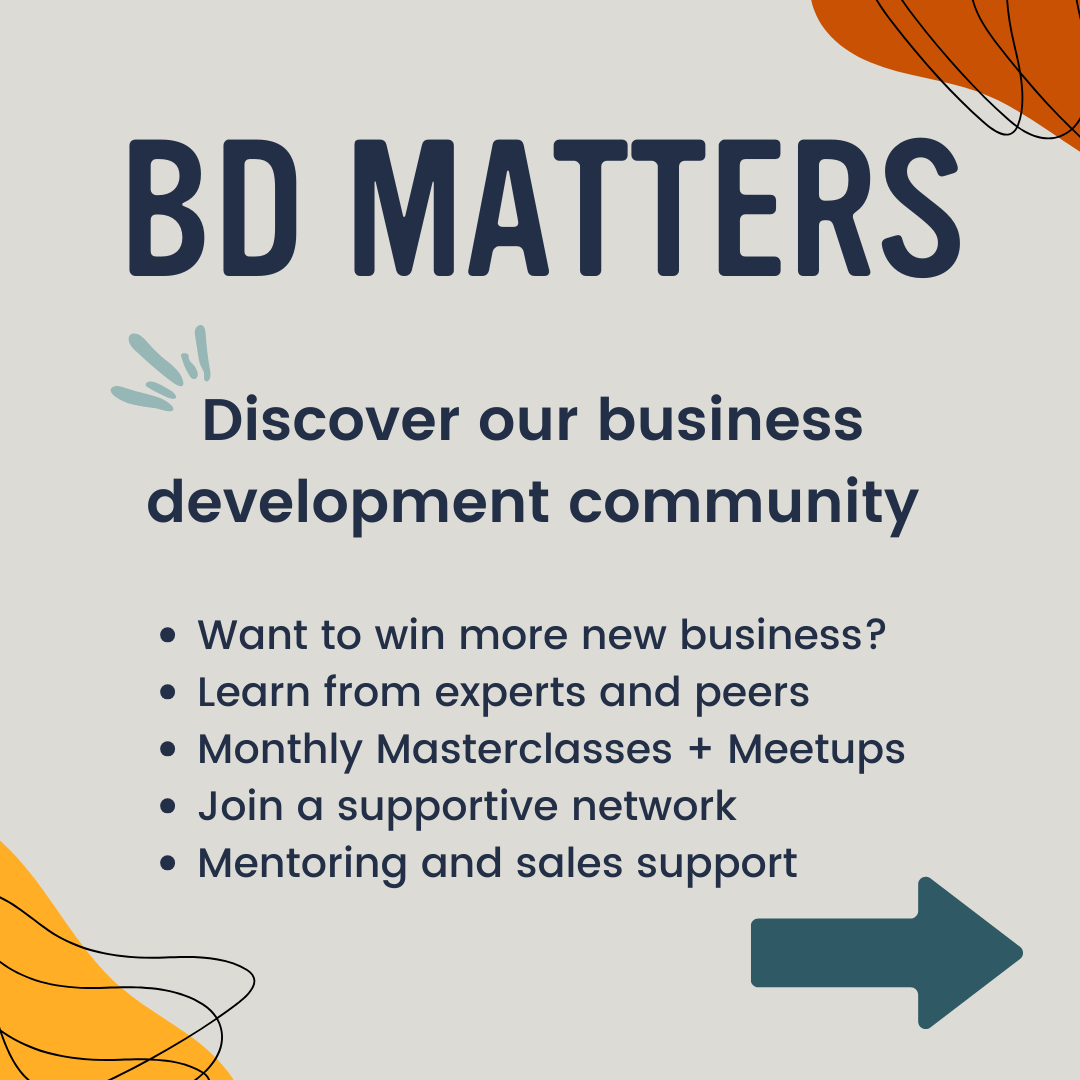
What Pep and Tina Turner can teach us about sustaining business growth
March 28, 2024
Not entirely sure how much traction this piece will gain from long-tail searches with a headline like that, but let’s roll with it (I promise you, it’s firmly tongue in cheek)! Despite my resolve to steer clear of football analogies in this blog post, I stumbled at the final hurdle, and it seems that my stumble has been duly magnified in the title.
Whether you’re nurturing a lifestyle business or gearing up to sell, establishing the pipeline necessary to realise your business aspirations demands a sustainable approach to growth.
Pipelines don’t magically fill themselves – we all know it requires relentless effort to construct that funnel. For some, growth may manifest itself as sporadic bursts of energy propelling new business endeavours, followed by months of fatigue and dwindling motivation. But it doesn’t have to be this way!
There are methods to streamline the process and make it more manageable for yourself. That’s not to say it’ll be a walk in the park, but you’ll find yourself better equipped to bear the load – and who knows, maybe even enjoy the journey along the way!
So with this in mind, here are my top tips to sustain growth:
1. Consistency is better than perfection
You can’t foresee whether you’ll end up winning a pitch, nor can you predict the response rate to your meticulously crafted emails. Market fluctuations and the looming spectre of a recession add further layers of uncertainty.
But one element remains within our grasp – the consistency of our output. We can’t control everything, but we can control the regularity and quality of our efforts. Be aware of excuses like “I didn’t have time” and take control of your time management and procrastination.
It all starts with small, manageable commitments – like sending three sales emails a day, or showing up daily on LinkedIn. These are pledges we make to ourselves, with the understanding that their cumulative effect will eventually ripple through our endeavours.
As we’re only human, slip-ups are inevitable. We get ill sometimes; we have kids who throw our routines out the window (and don’t they always seem to get ill too?) which means we do have lapses in our consistency. The real test lies in our response to these lapses. The key is to get back on the horse. Unchecked lapses over weeks and months can form glaring chasms in pipelines.
It’s when the going’s good that you should also be aware of maintaining consistency; don’t get lured away by a significant client project or sidetracked by competing priorities.
A consistent message will also help you build your brand reputation and become known for something, and in turn this will deliver you inbound leads; so maintaining your reputation is important. Even better if you can create Hero Moments (as Claire Hutchings at Chime would tell you), then you can become known for something!
2. Embrace monotony
Brace yourselves for the most vanilla advice you’ll ever receive but I’m afraid it’s true! When it comes to driving business growth, it’s all about the grind – the rinse and repeat cycle, ad infinitum. I know, not exactly music to the ears of the free-spirited creatives out there.
Did you send your newsletter out? Tick! Did you publish those four social posts? Tick! Did you tick off 10 activities in your CRM? Tick!
And let’s not forget the tools we rely on are about as formulaic as it gets – think calendars, project management software, CRM systems.
Also don’t worry about being monotonous if it’s working for you. Keep doing the roundtable events and the webinars if that’s what’s driving your pipeline. Document processes and get them out of your head into project management software. Save useful resources like case studies and pitch responses so they can be used again and again. Use RevOps to keep the machine ticking without being reliant on one person.
Lean into that monotony!
3. You can’t manage what you don’t measure
It’s the end of the month, and you’re sitting down with your KPIs (because, yes, you should be setting those for yourself). It’s time to reflect on progress and see if those repetitive tasks actually nudged you closer to your goals. Were you better or worse off by doing those things?
And what should you be measuring? Well it all depends on your business objectives. But here’s a starting point.
Work out how much revenue is coming from existing clients and their growth, the rest is to be filled with new business. Work out your average deal size and conversion rate. From that you can begin to calculate the number of pitches and leads you need each month, and thus what number of activities have to take place in order for you to achieve that number of leads.
Sometimes, an unexpected win comes along and blows those KPIs out of the water. Other times, you might realise you need double the leads you initially calculated.
And that’s why tracking KPIs is crucial – because nothing beats real data when it comes to understanding your sales funnel. Failure is part of learning, so embrace it and ensure you make changes to improve your sales strategy off the back of them.
4. It’s not about speed, it’s about momentum
If you find yourself on a losing streak; not winning pitches or losing clients – it can kill your momentum. Breaking free from that mindset is no easy feat. But even in that situation, whoever you’re pitching to, regardless of your previous losses you’ve always got to go in there and believe – every time – that your agency is simply the best (RIP Tina).
‘Bad apples’, be that clients or staff can derail that momentum and destroy your reputation, so be mindful about taking on the wrong types through poor decision making.
On the other hand a winning streak is energising and only further propels you. So, when you and your team start seeing success, don’t just pat yourselves on the back – spread the word and PR those wins! Remember, perception is reality – let the world know that your agency is winning left, right and centre.
And here’s a secret – once you’ve found your momentum, try to keep the routine and keep pitching because when you’re in the trenches of desperation, it can be almost impossible to disguise.
Momentum also comes when you’ve nailed your proposition and you understand your target market; what they want to read, their pain points and you can speak to them fluently. It’s easy to get on the front foot by doing further activities that immerse yourself in their world – creating content for example. Once you’ve found success with your niche proposition, keep going!
5. Complacency is the kiss of death
The final piece of advice I give is to not be complacent when the going gets good.
Do not be afraid to make bold changes even when you are at the top. The mark of a great leader is someone who not only tackles the challenges staring them in the face but also has their eyes on the horizon, mapping out a path for the next decade.
Take Manchester City’s Pep Guardiola, often hailed to be one of the greatest managers of all time (and I’m a Spurs fan by the way), his long-term vision is to not only keep City at the top of the game for years to come, but also focus on its global profile and the club’s impact on local communities too.
Focusing on the long-term vision ultimately helps short-term decisions too.
If these tips have inspired you to take the next step and create a sustainable growth plan for your agency, book a call with me and we can discuss how (football analogies optional).

